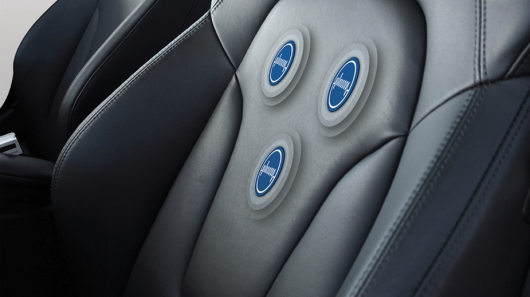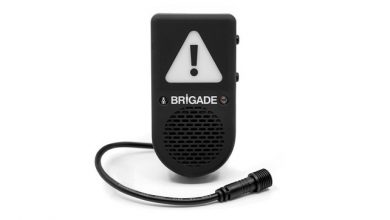No more zzzzz while driving: Your 'embedded' car seat will alert you before you doze off
“Wake up you lazy brat, it’s no time to sleep”- Your car’s seat
It is quite often for a driver travelling late at night to feel dizzy and trying to doze off. But falling asleep at the wheel is extremely dangerous both for the driver, and for others sharing the road with them. Driver fatigue is estimated to be responsible for more than 500 road deaths each year. While most of us know when it’s time to pull over and grab a coffee, others are so eager to get to their destination that they end up putting themselves, and others, in danger.
But this is becoming a thing of past…
A team of researchers at Nottingham Trent University are working on a solution to this driving threat. They’re doing it with sensors in a car seat that detect the driver’s heart rate, and alert the driver if they begin to fall asleep on the steering wheel. Professor Tilak Dias and William Hurley of the University’s Advanced Textile Research Group will be working with semiconductor company Plessey on a feasibility study to investigate how to integrate an Electrocardiogram (ECG) sensor system directly into the fabric of car seats in an effort to save lives. It is being funded by the UK’s innovation agency, the Technology Strategy Board. The Technology Strategy Board has committed £88,318 to the study as part of its £1.1M investment in feasibility studies to help the development of internet sensors which allow all kinds of machines and appliances to communicate and co-ordinate with each other through an information network.
“This requires a novel approach to the design of the electrodes, and Nottingham Trent University’s knitted conductive textile technology offers the potential to produce robust electrodes that can be easily incorporated into automotive seats.“- Professor Tilak Dias
The system is unique, it is an ECG sensor that detects if the driver is losing concentration or alertness depending on his heart signals. Once the sensor detects a loss in alertness depending on the data, it would immediately signal the driver to pull over. In case the warning is ignored or looked over by the driver, the system is such that it will activate the active cruise control system or the lane departure technology to prevent accidents. It is even capable of sending the information to a control centre over a wireless network, for further action to be taken.
Movement noise is minimised by placing the sensors away from the shoulders on the lower part of the seat back. The system uses a capacitive driven ground plane, which can also be placed under the seat cover fabric on the base of the seat, to keep it hidden from view. The sensor is a variation of Plessey’s award winning electric potential integrated circuit (EPIC) sensor technology.
The technology is initially being targeted at lorry drivers, with plans to aim it at the luxury car market at a later date.




